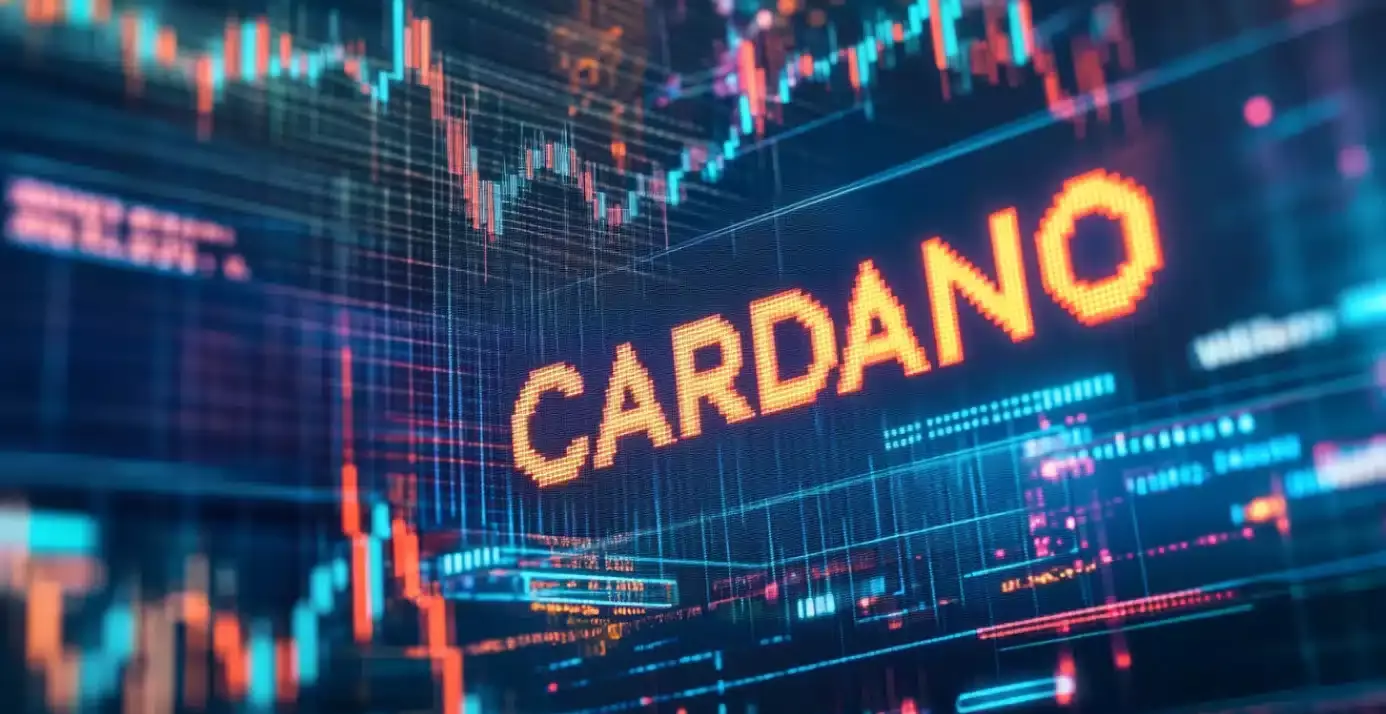Cardano (ADA), once hailed as the darling of the crypto world, now finds itself submerged in the depths of a bear market, enduring an astonishing plunge of over 50% since its exhilarating peak in November of the previous year. As of April 16, ADA was stranded at a disheartening price of $0.615. This stark decline aligns closely with the underwhelming performances of other notable layer-1 cryptocurrencies like Avalanche (AVAX) and Solana (SOL). With its all-time high of $3.1 seeming like but a distant memory, the question arises: what went horribly wrong for Cardano?
Two Major Barriers to Recovery
The struggles of Cardano can be traced back to two critical factors. First, while Bitcoin (BTC) set new records earlier this year, the broader altcoin market failed to follow suit, leaving many favorites in a painful slump. It’s disheartening to see a vibrant community and technology struggle because of the overall sentiment driven by the broader market, but that’s precisely where Cardano has found itself.
Second, the narrative of Cardano as a “ghost chain” continues to hamstring its growth. Development activity—a crucial metric for evaluating the competitiveness of a blockchain—has not materialized in numbers reflective of Cardano’s potential. With a meager total value locked (TVL) of only $300 million, Cardano trails behind the newcomers in the blockchain race, such as Binance, Aptos, and Sonic, which have all launched with significantly more momentum. The lack of innovative applications being built on Cardano exacerbates this situation, leading to a stagnant ecosystem.
The Potential Gamechanger: BitcoinOS Integration
Despite the bleak outlook, there is a glimmer of hope on the horizon with Cardano’s upcoming integration with BitcoinOS. This partnership, promising to leverage zero-knowledge cryptography, is poised to potentially generate a consistent income stream for Bitcoin holders. By eliminating intermediaries—often the bane of the cryptocurrency world—this integration could provide a much-needed lifeline for Cardano.
Charles Hoskinson, the co-founder of Cardano, expresses optimism about this venture, predicting that the partnership could usher in billions into Cardano’s ecosystem. However, whether this announcement is enough to erase the prevailing skepticism remains to be seen.
Technical Patterns Indicating Possible Recovery
Looking at Cardano’s weekly charts, a glimmer of resilience appears as it finds footing against the 100-week Exponential Moving Average (EMA). Bulls appear committed to defending this support level, which is a necessary precondition for any recovery attempt. Notably, Cardano has carved out a bullish falling wedge pattern, characterized by two converging trendlines. As these trends converge, the market awaits a potential rebound that could propel the cryptocurrency back to its highs—an increase of around 117% to reach its previous peak of $1.323.
While the technical indicators hint at possible upward momentum and suggest the beginning of a new cycle, the reality of achieving a groundbreaking 400% rally this year remains a long shot. For such meteoric growth to materialize, Cardano will need much more than theoretical patterns—it requires substantial real-world applications and a resurgence in developer interest. Without these critical components, the dream of reclaiming its former glory may remain just that: a dream.















